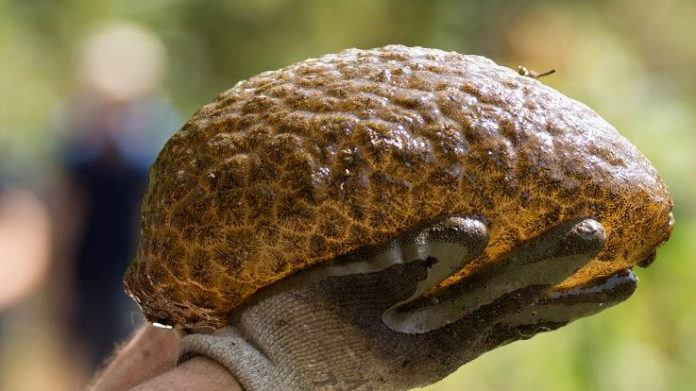Hidden in plain sight, Vancouver’s Lost Lagoon is teeming with gelatinous brain-like blobs.
Once experts and citizen scientists at the Stanley Park Ecology Society (SPES) found one, camouflaged in the murky water of the artificial pond, they started spotting them everywhere.
The discovery came from a Bio Blitz event in August, hosted by SPES with support from the Canadian Wildlife Federation, where experts teamed up with citizen scientists to explore and record as many species and ecosystems in Stanley Park as they could in just 24 hours.
These, and all the creatures of the Lost Lagoon that were found, were uploaded to iNaturalist as a tribute to Stanley Park’s biodiversity.
The brain-like blobs are actually colonies of single-celled organisms called Pectinatella magnifica, a type of freshwater bryozoan that had never been recorded in Stanley Park before.
The colony starts out as just one spore-like statoblast that can swim or be transported to new bodies of water by wind or by hitching a ride with a bird. That one original animal then reproduces asexually, making identical clones of itself that stick together on a slimy gelatinous protein structure, and reaching sizes up to 50 cm in diameter.
Individual members of the colony look a bit like a microscopic sea anemone, with hair-like tentacles that help pluck plankton and other organic material out of the water to eat. This makes the entire colony an excellent natural biofilter, quietly cleaning up the water where they live.
By living together as a colony, the members can each perform slightly different tasks for the community, and they’re also less likely to get eaten growing together as a bigger mass of animals.
Thought to have originated in the Mississippi, the bryozoans found a perfect home in the Lost Lagoon. The man-made biofiltration pond is designed to treat pollutants from the cars on the busy roadways around the park, and it’s full of nutrients and the water is very still. This makes it easy for the creatures to find a small corner to set up shop.
If you want to spot the bryozoans for yourself, the SPES encourages you to drop by Lost Lagoon and peer into the edges of the pond. You are always welcome to ask questions about the creatures of the park at the Stanley Park Nature House.








































